Bone carving in Kholmogory: Keeping an ancient tradition alive
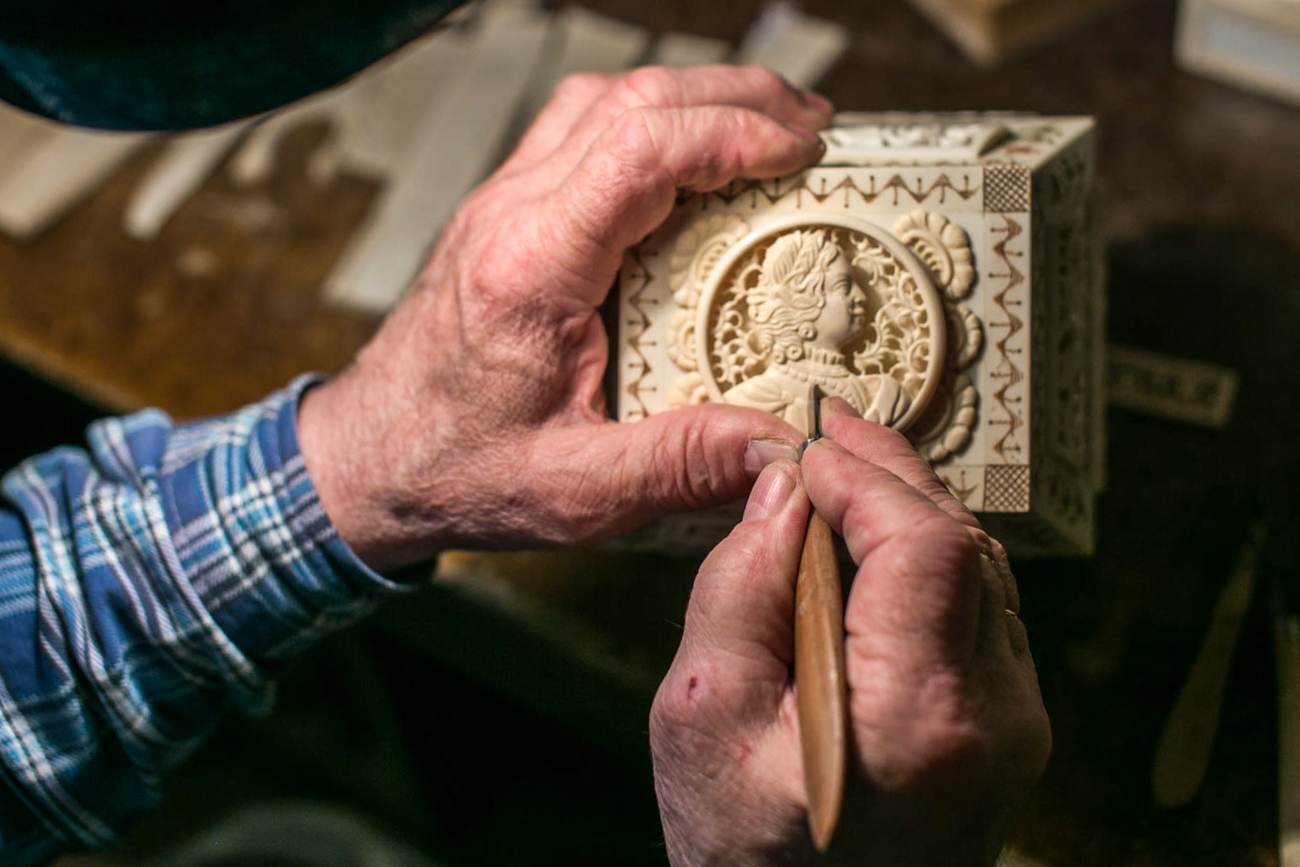
Nikolay Zachinyaev makes portraits out of mammoth tusks. One kilogram of this expensive raw material costs 30,000 rubles (about $500). A kilo is around he size of a fist, Zachinyaev says. A customer often pays for the mammoth bone in advance, he adds.
Photo by Yana Deynega
For centuries, the art of the bone carving has been an integral part of life in the village of Kholmogory, which is 60 km away from the northern Russian city of Arkhangelsk. Its origins can be traced back to the Byzantine Empire and medieval Russia.
Photo by Yana Deynega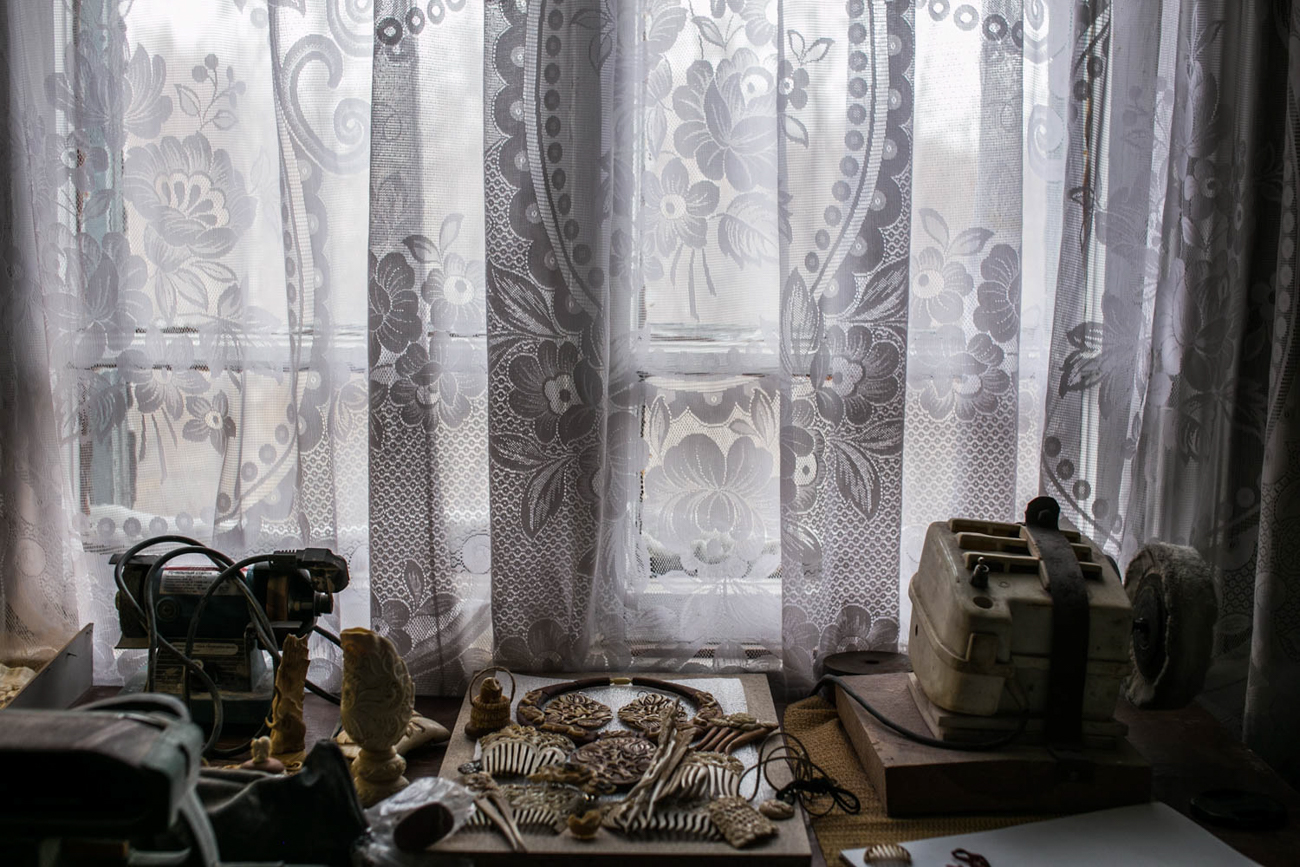
Artwork from Kholmogory was renowned across Russia at one time. Local masters were often summoned to Moscow in the 17th century to work at the Moscow Kremlin for the needs of the Russian tsars.
Photo by Yana Deynega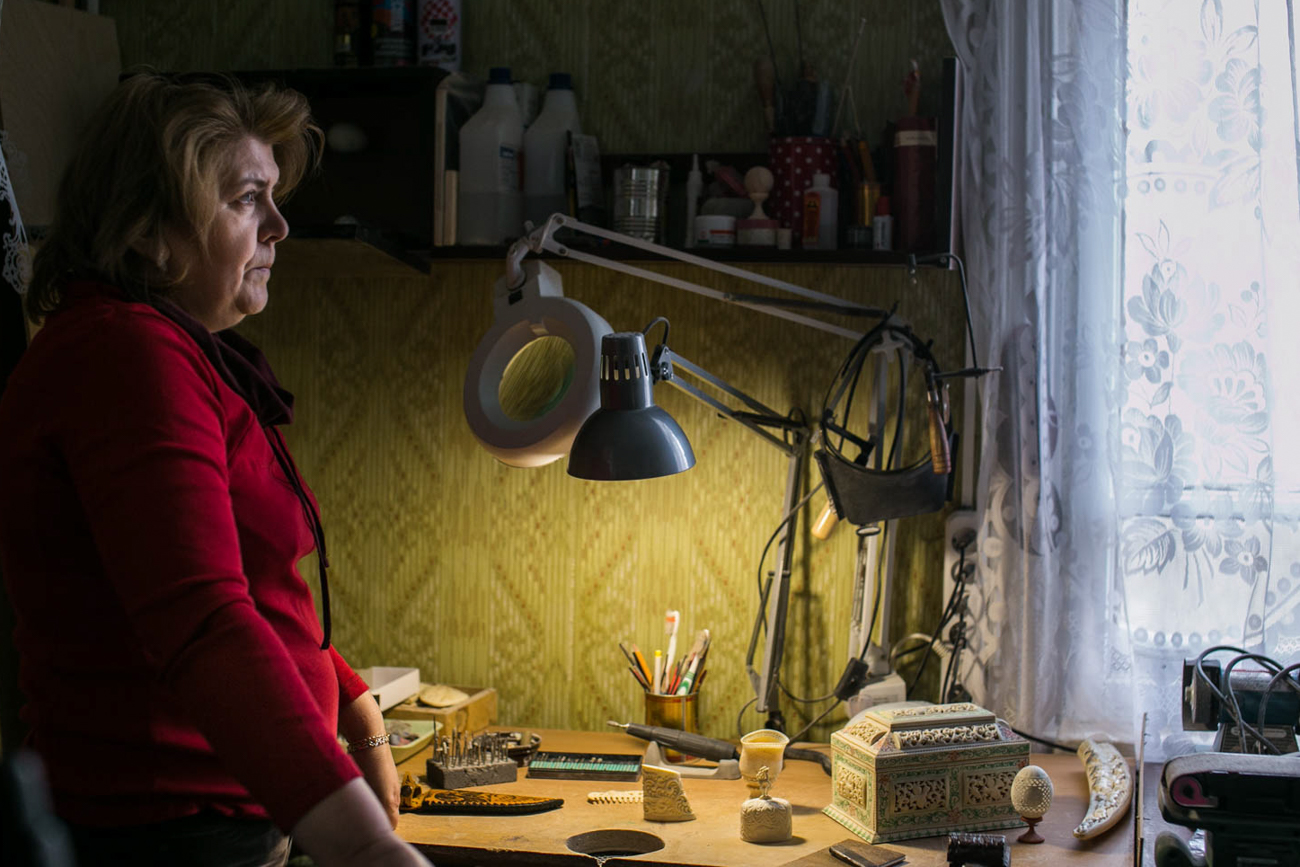
Bone carvers produce chess pieces, masks, figures of animals and humans, jewelry, knives, and crockery among other objects.
Zoya Olekhova has travelled almost over the whole world. Photo by Yana Deynega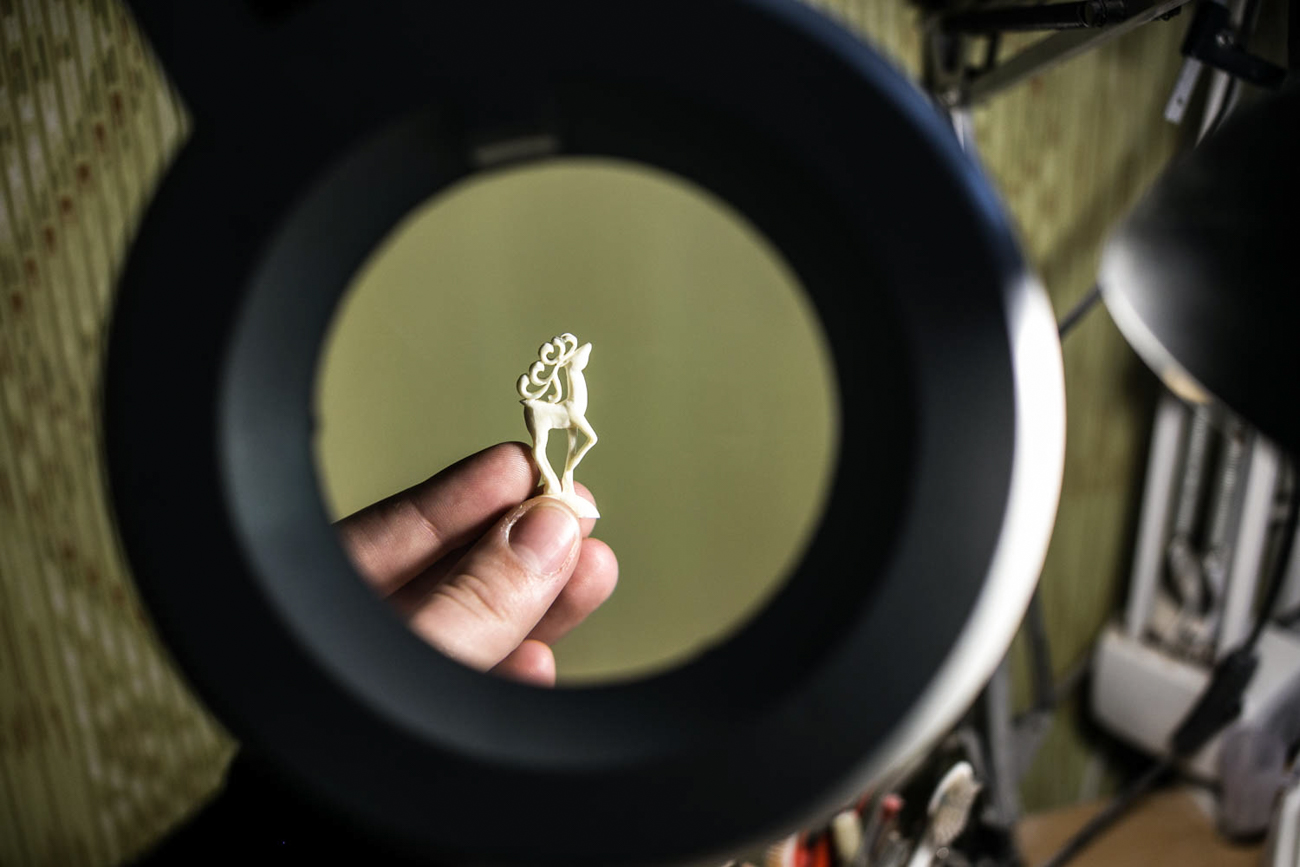
The association of the Kholmogory carvers tried a variety of business models. The guild became a factory-enterprise and then a joint stock company. In 2002, the company was rechristened as the Kholmogory Bone Carving municipal enterprise.
Photo by Yana Deynega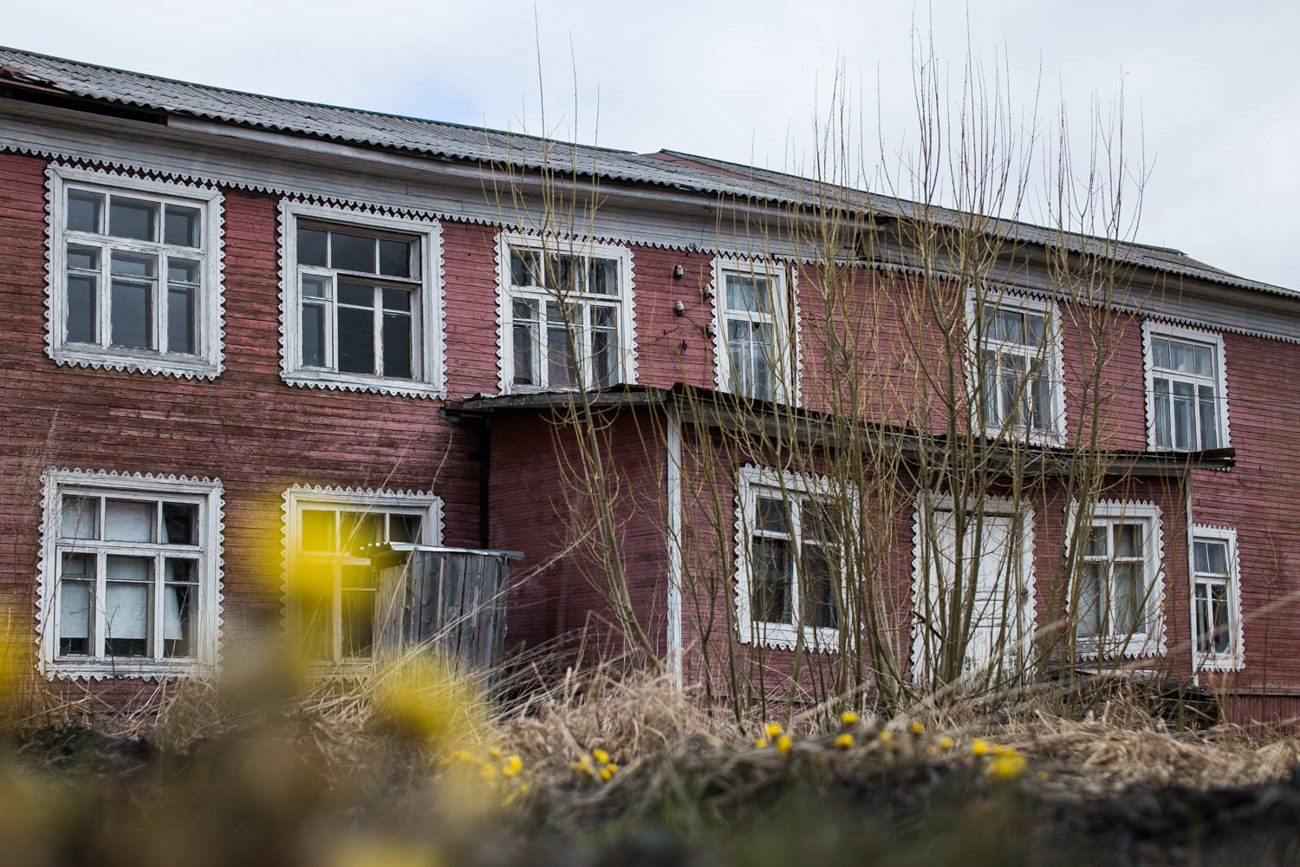
The best years for Kholmogory were between 1930 and 1970. Under state patronage, its products were widely available across the Soviet Union. Artisans were also asked to make unique creations for international exhibitions and museum collections.
Photo by Yana Deynega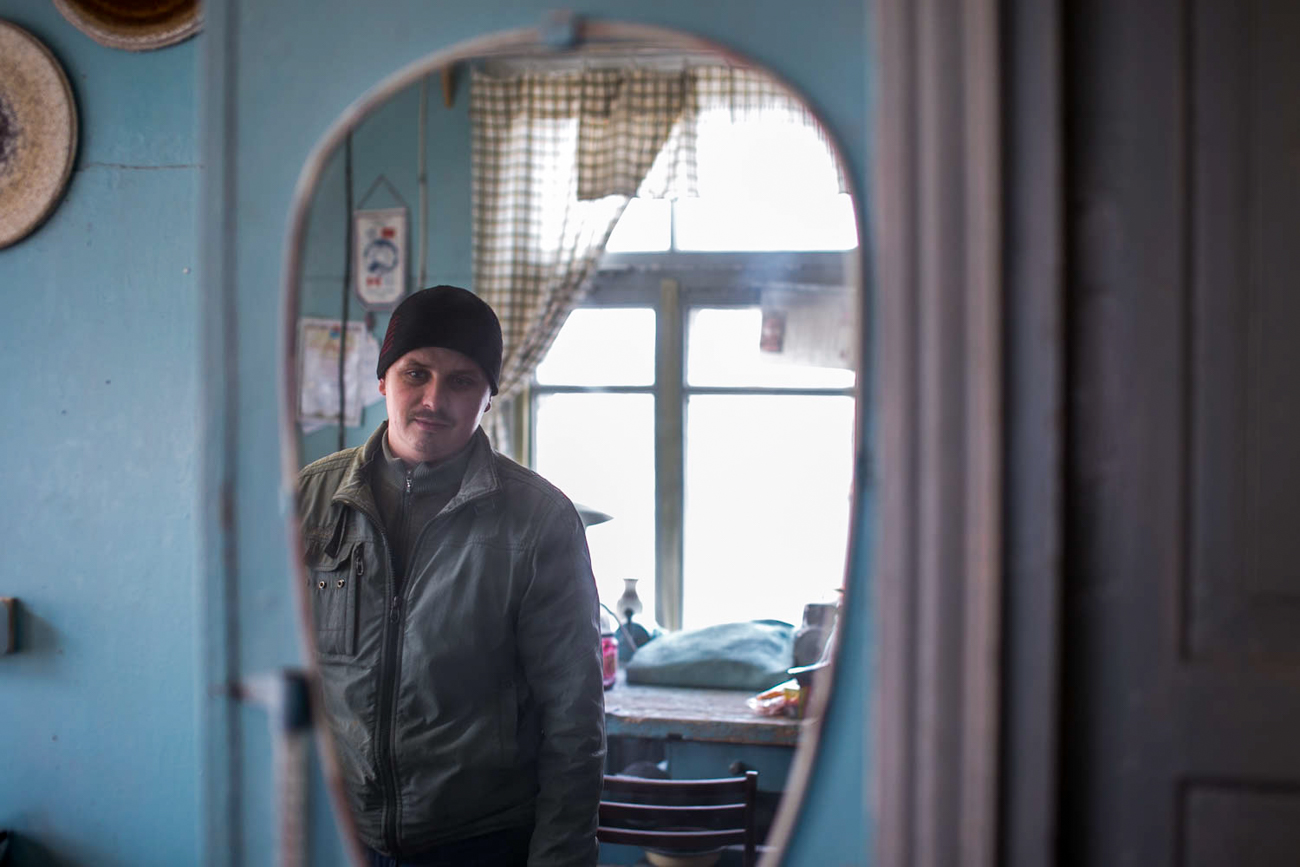
The economic crisis of the 1990s struck Kholmogory’s bone carving industry hard. Nowadays, artisans mainly produce simple souvenirs for tourists, and sometimes, expensive made-to-order works.
Ivan Prourzin was asked once to carve 30 penguins out of bone. Photo by Yana Deynega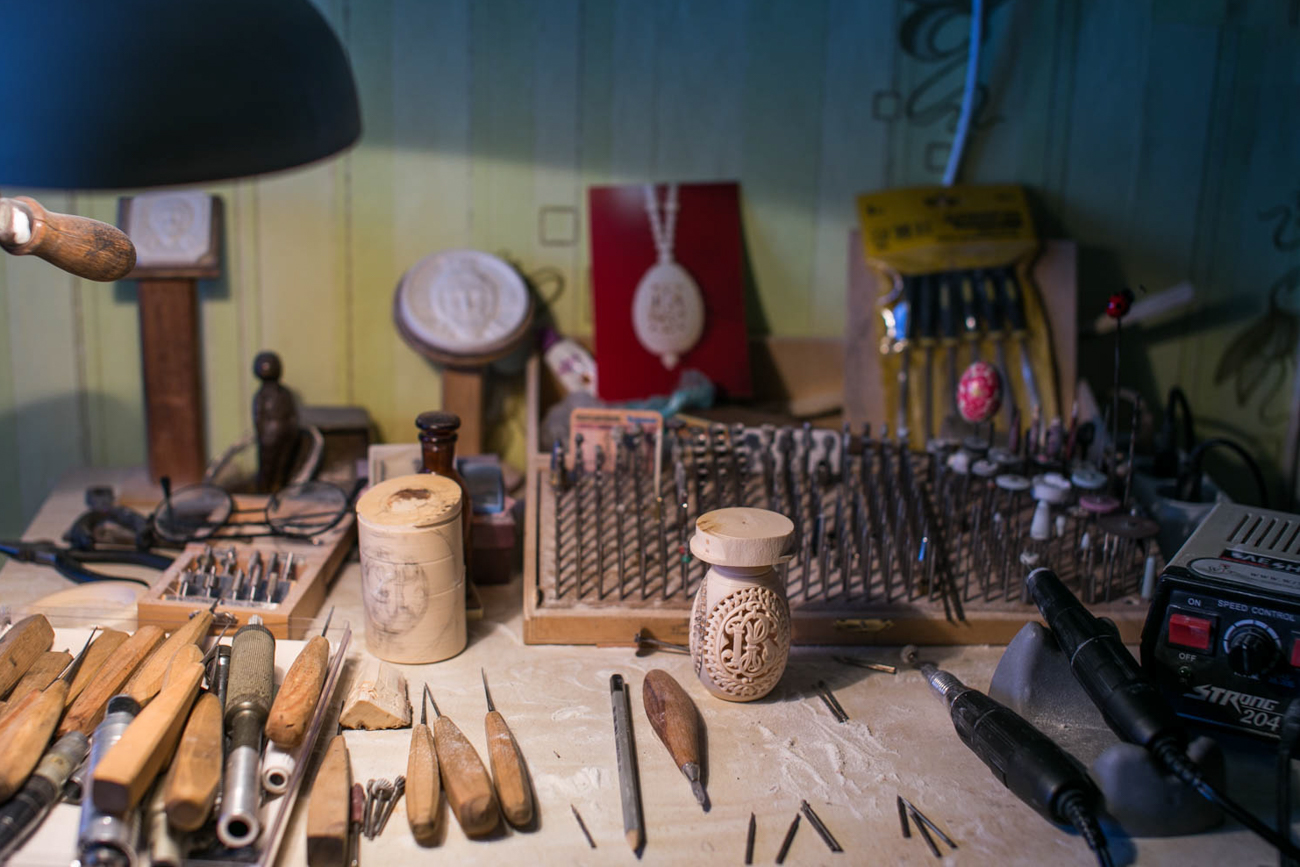
A bone carver pays attention to the synthesis of the materials. Bones and horn combine well with metal, wood, and pearl.
Photo by Yana Deynega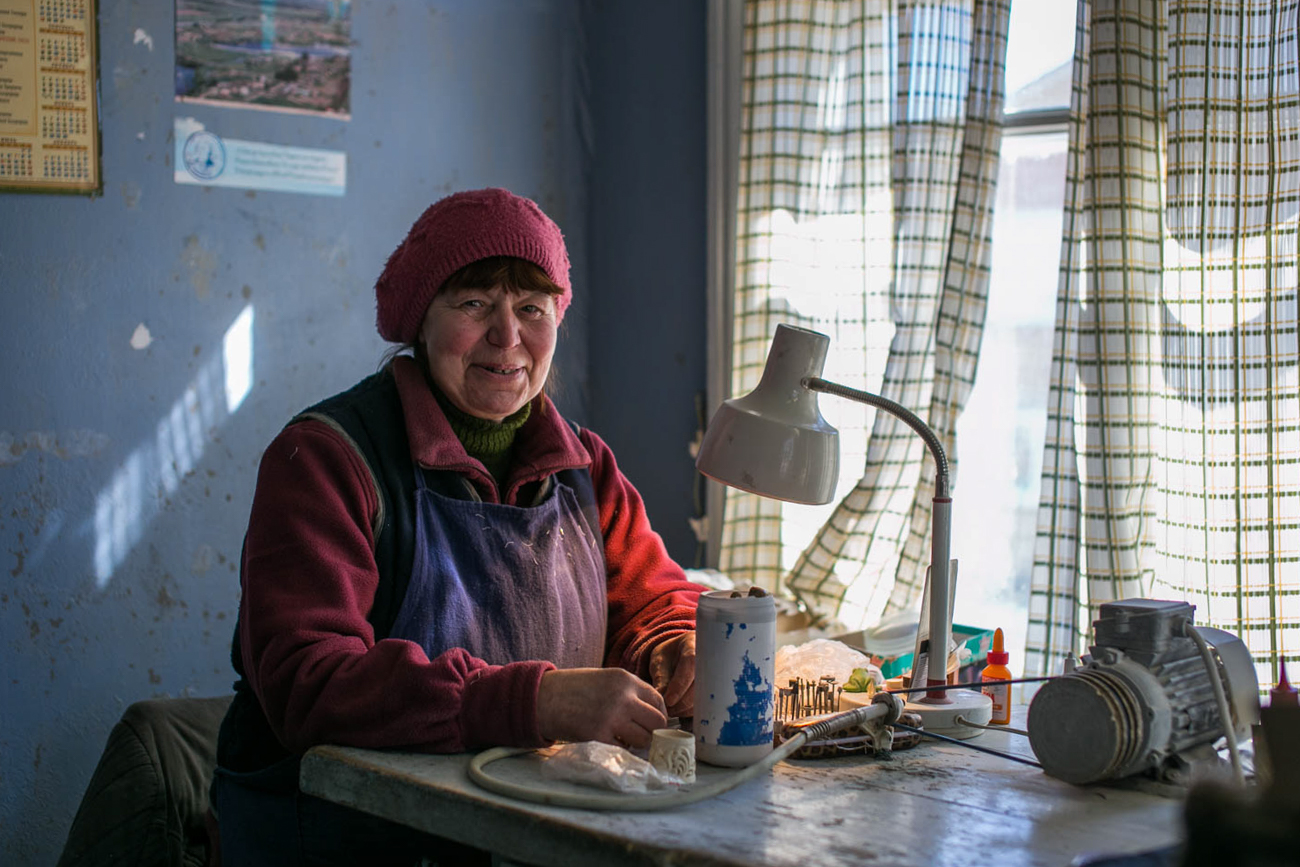
Mammoth and walrus tusks, and cachalot teeth are expensive and valued raw materials. Only those artisans who have large orders can afford to buy these materials. For mass production cow bones are usually used.
Zoya Gorbatova moved to Kholmogory 40 years ago. Photo by Yana Deynega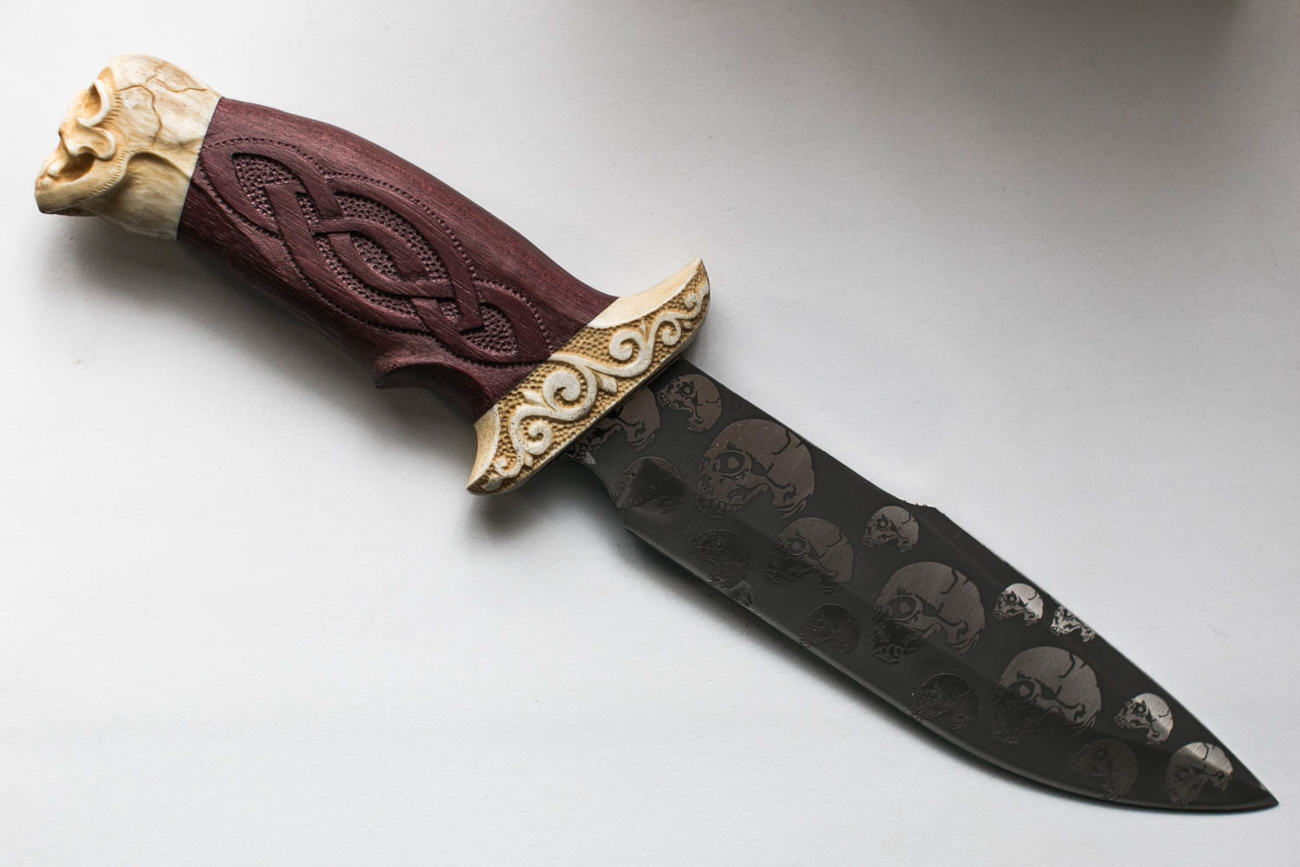
Zoya Olekhova accidentally found a mammoth bone in a shop where her friend worked. The bone, weighing five kilos, was used to provide support to a mannequin.
Photo by Yana Deynega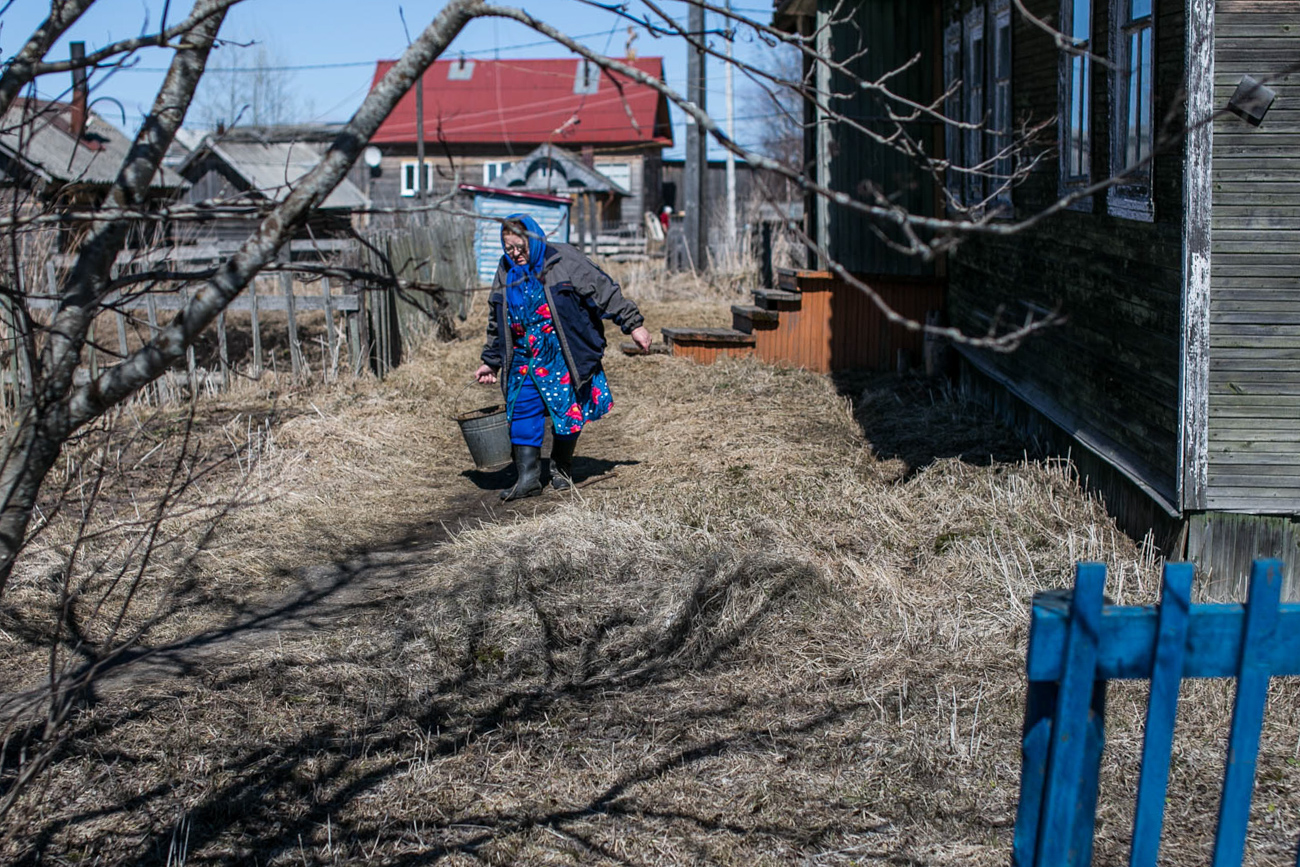
Once a person chooses bone carving as his occupation, it would be difficult for him or her to abandon it, artisans say.
Photo by Yana Deynega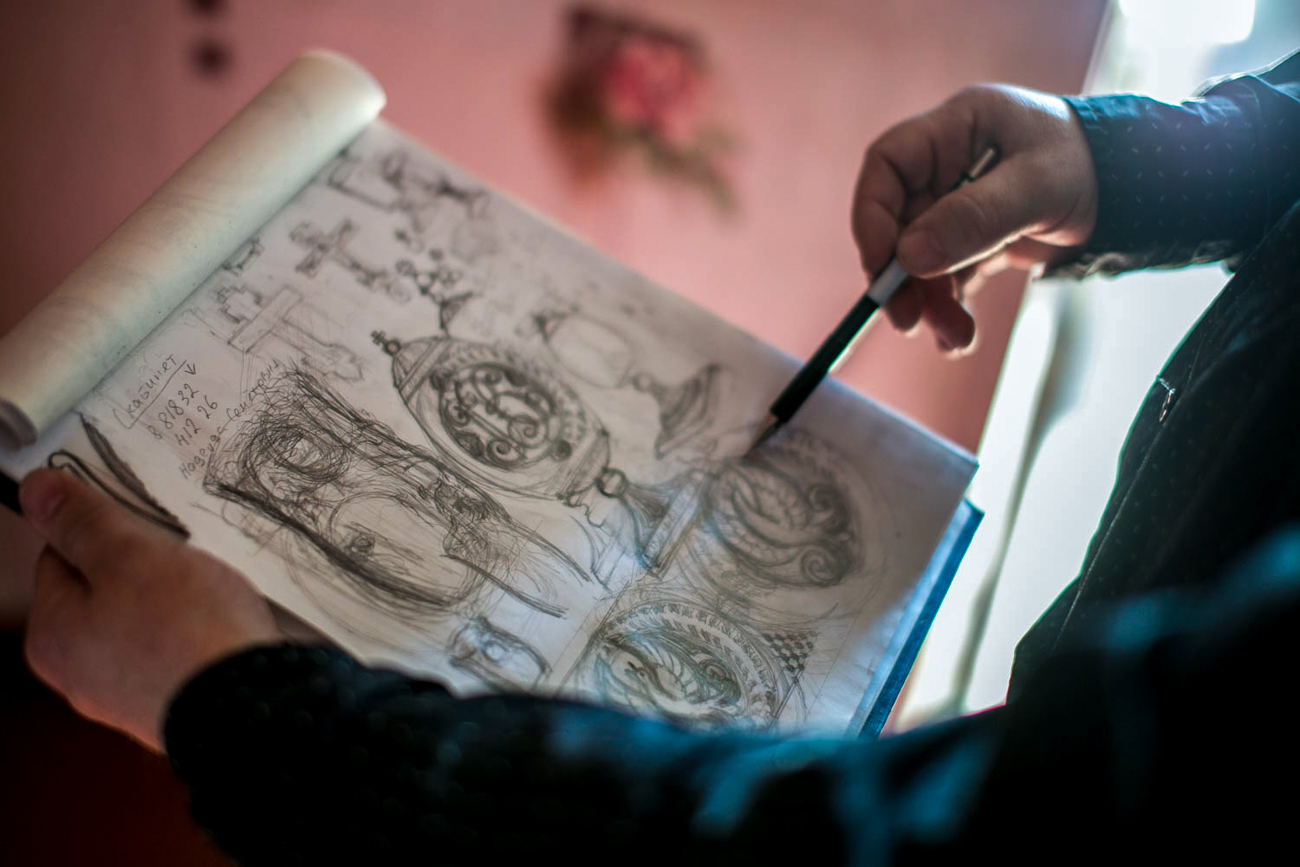
Zoya Gorbatova says that demand on carvings was higher in the past. At one time, people from across the country placed orders, but now an artisan struggles to find a customer.
Photo by Yana Deynega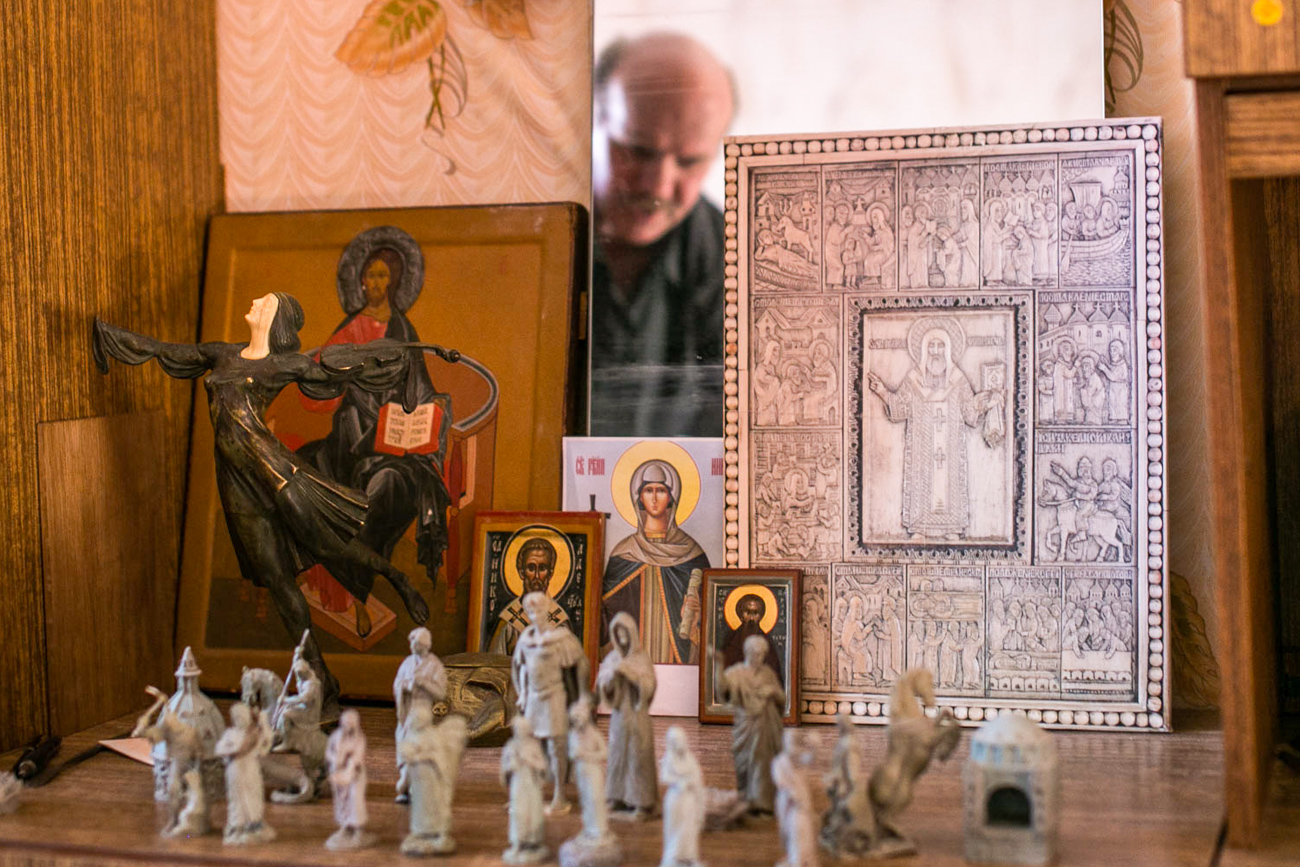
Artisan Vladimir Minin lived in Moscow for many years. He used to make decorations for pop music concerts. He left the capital as he feels the traditional art of Kholmogory helps him live a harmonious existence.
Nikolay Zachinyaev carves portraits of Russian Emperors. Photo by Yana Deynega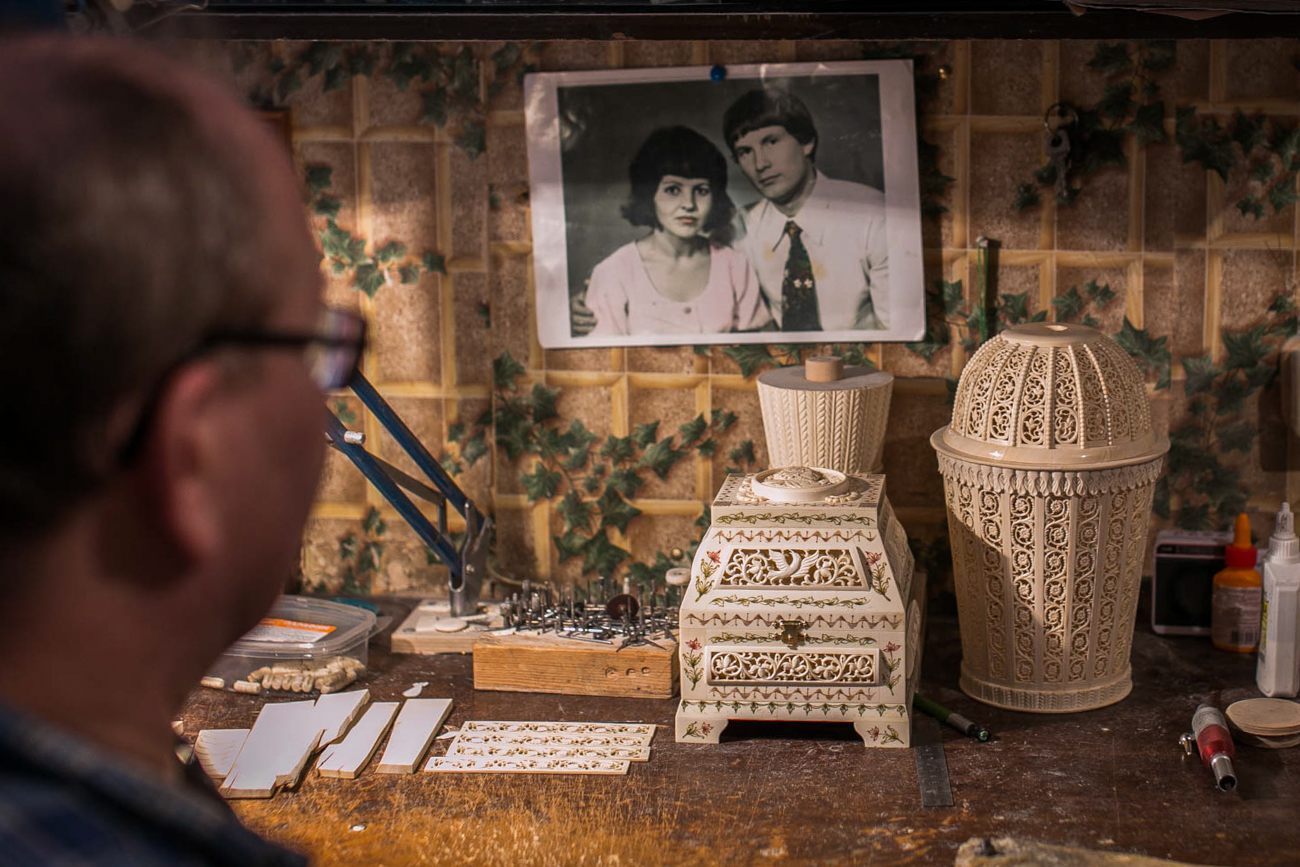
Sometimes artisans get orders from countries such as Norway, Israel, and France. Kholmogory bone carving is even known in the United States.
Photo by Yana Deynega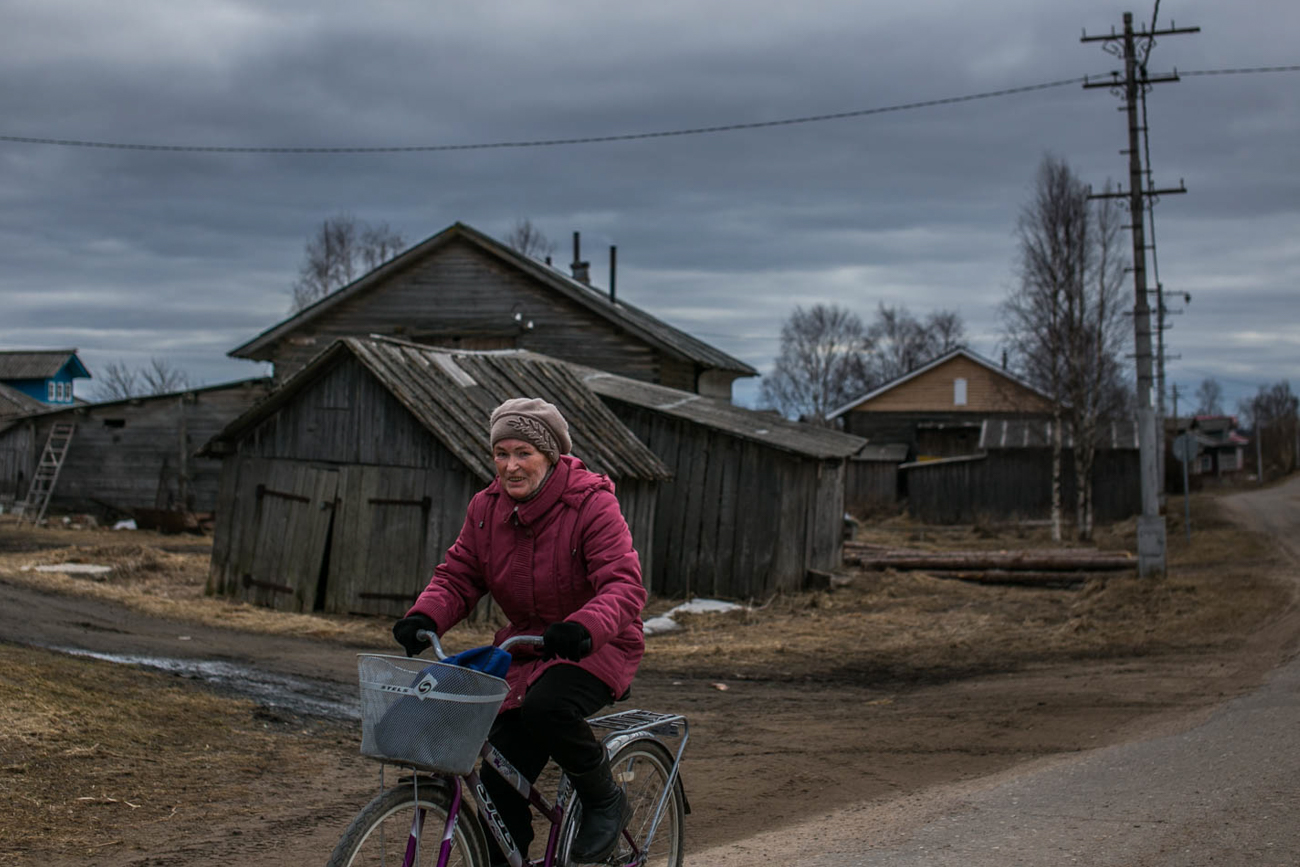
In the 1990s, artisan Mikhail Butorin got an order to make a jewelry box for the Pope. But the order was cancelled later. Butorin wants to make a writing set for President Vladimir Putin. He believes this will bring Kholmogory bone carving back into fashion.
Photo by Yana DeynegaSubscribe
to our newsletter!
Get the week's best stories straight to your inbox